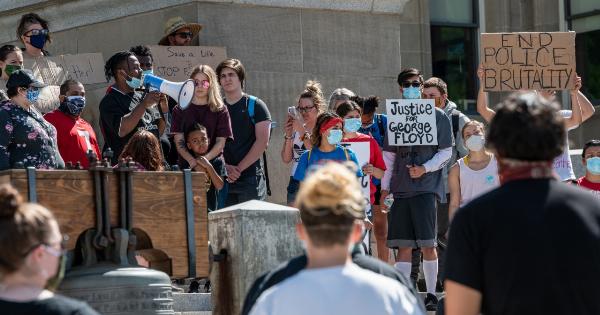In today’s society, ensuring the safety and security of students and staff in educational institutions is of utmost importance. Schools and colleges face various risks, including accidents, property damage, and even litigation.
One effective way to mitigate these risks is by implementing comprehensive insurance coverage. In this article, we will discuss the insurance necessities for creating a safe and secure learning environment.
1. Liability Insurance
Liability insurance is a crucial component of any educational institution’s risk management strategy. It provides coverage for accidents or injuries that occur on school premises or during school-sponsored activities.
This type of insurance protects against potential lawsuits and medical expenses, ensuring that students, staff, and visitors are protected in case of unforeseen incidents.
2. Property Insurance
Property insurance is essential for educational institutions to safeguard their physical assets. This coverage protects against damage or loss of school buildings, equipment, supplies, and other valuable assets.
With property insurance, schools can recover the costs associated with repairs or replacements without significant financial strain, allowing them to maintain a safe and functional learning environment.
3. General Liability Insurance
General liability insurance provides protection against claims of personal injury, property damage, or advertising-related lawsuits.
It covers incidents that are not directly related to the educational institution’s premises, such as accidents occurring off-site during field trips or at school-sponsored events. Having this insurance in place ensures that the institution is prepared to address any legal liabilities that may arise.
4. Educators’ Professional Liability Insurance
Educators’ professional liability insurance is designed to protect teachers, administrators, and other school personnel from claims related to professional negligence, errors, or omissions.
This coverage is essential in the education sector, as it safeguards educators against lawsuits arising from incidents such as student injuries, educational malpractice claims, or allegations of wrongful suspension or expulsion.
5. Workers’ Compensation Insurance
Workers’ compensation insurance is crucial for educational institutions to protect their employees. In the event of work-related injuries or illnesses, this coverage ensures that employees receive medical care and compensation for lost wages.
By providing this insurance, educational institutions not only comply with legal requirements but also demonstrate their commitment to the well-being of their workforce.
6. Cyber Liability Insurance
In today’s digital era, educational institutions must address cyber threats to protect sensitive information and maintain data privacy.
Cyber liability insurance helps schools mitigate the financial losses associated with data breaches, hacking incidents, or other cyber attacks. It provides coverage for legal costs, notification expenses, credit monitoring services, and potential damages resulting from cyber incidents.
7. Student Accident Insurance
Student accident insurance provides coverage for medical expenses related to student injuries that occur during school or sponsored activities.
This insurance is particularly vital for schools that do not have healthcare facilities on campus or in situations where students are not covered by their own health insurance policies. Student accident insurance ensures that students receive timely medical attention without adding additional financial burden on their families.
8. Emergency Evacuation Insurance
Emergency evacuation insurance is essential for educational institutions located in areas prone to natural disasters or other emergencies.
This coverage assists in the safe evacuation and relocation of students and staff during unforeseen events such as earthquakes, floods, or fires. Having this insurance in place ensures that the institution is adequately prepared to protect its members in crisis situations.
9. Vehicle Insurance
For educational institutions that provide transportation services, having adequate vehicle insurance is crucial. This insurance covers accidents, damage, or theft involving school-owned vehicles and helps mitigate the financial impact of such incidents.
Vehicle insurance also protects against any liability claims arising from accidents involving school-owned vehicles, ensuring that the institution is not held responsible for damages or injuries caused during transportation activities.
10. Employee Benefits Insurance
Offering comprehensive employee benefit packages is a crucial component of attracting and retaining top-quality educators and staff.
Employee benefits insurance helps educational institutions provide coverage for health insurance, life insurance, disability benefits, and retirement plans. By offering these benefits, institutions can enhance employee satisfaction and create a more secure and stable work environment.






















